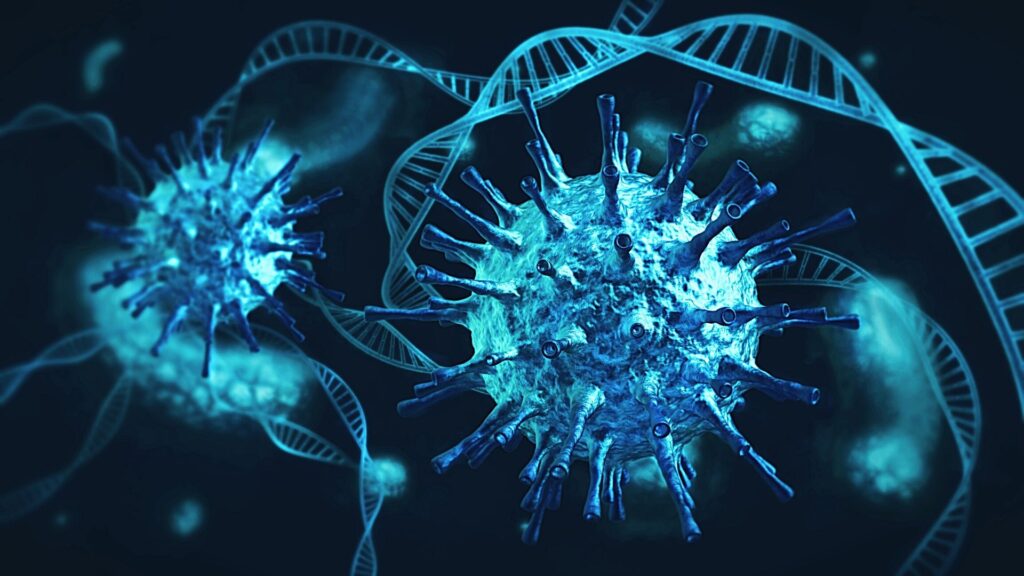Exploring the Ethical Implications of Genetic Engineering: Weighing Benefits and Risks.
Genetic engineering has been a topic of interest and debate for decades. With the ability to manipulate the very building blocks of life, the field of genetic engineering holds the potential to revolutionize medicine, agriculture, and industry. However, with great power comes great responsibility, and the ethical considerations of genetic engineering must be carefully weighed against its potential benefits and risks.

Benefits of Genetic Engineering
Genetic engineering holds promise in providing hope to people suffering from genetic diseases. These diseases can have a devastating impact, leaving patients and their families feeling helpless. With the potential to cure or prevent these diseases, genetic engineering offers a ray of hope, providing a way forward for those who have been struggling with genetic disorders for years.
Genetic engineering offers hope for people living with genetic diseases by providing the possibility of a cure or treatment that was once thought impossible. Through the modification or replacement of faulty genes, genetic engineering has the potential to change lives and prevent suffering. The success of genetic engineering in animal studies has given scientists hope that similar breakthroughs can be made in humans. The potential for genetic engineering to revolutionize healthcare and improve the lives of millions of people cannot be overstated.
Another potential benefit of genetic engineering is the ability to improve the quality and quantity of food production. Scientists can use genetic engineering to create crops that are resistant to pests and diseases or that can grow in harsh environments. This can help to alleviate food shortages and reduce the need for harmful pesticides and herbicides.
For example, scientists have created genetically modified (GM) crops that are resistant to herbicides. This allows farmers to spray herbicides on their fields without damaging their crops, which can increase yields and reduce the cost of farming. Scientists have also created GM crops that are resistant to pests, which reduces the need for pesticides.
GM crops can also be engineered to have longer shelf lives, which can reduce food waste. In addition, scientists can use genetic engineering to create crops that are more nutritious. For example, scientists have created GM rice that contains higher levels of vitamin A, which can help to combat vitamin A deficiency in developing countries.
Genetic engineering also has the potential to create new and innovative materials. Scientists can use genetic engineering to create materials that are stronger, more durable, and more sustainable than traditional materials. For example, scientists have created bacteria that can produce a type of spider silk that is stronger than steel. This material could potentially be used to create bulletproof vests, airplane parts, and even bridges.
Risks of Genetic Engineering
Despite the potential benefits of genetic engineering, there are also significant risks that must be taken into account. One of the main risks is the potential for unintended consequences. Genetic engineering involves manipulating the very building blocks of life, and it is impossible to predict all of the potential outcomes. For example, modifying a gene to create a desirable trait may also have unintended effects on other traits, potentially leading to unforeseen consequences.
Another risk of genetic engineering is the potential for misuse or abuse. Genetic engineering could be used to create so-called “designer babies” with desirable traits such as intelligence or physical attractiveness. This could lead to a widening gap between the rich and poor, as only the wealthy would have access to these technologies.
There is also the risk of genetic discrimination. If it becomes possible to determine a person’s genetic makeup, insurance companies and employers could use this information to discriminate against certain individuals. For example, an insurance company could refuse to insure a person who has a genetic predisposition to a certain disease.
Finally, there is the risk of environmental harm. GM crops could potentially crossbreed with wild plants, creating new and potentially harmful species. In addition, the widespread use of GM crops could lead to the evolution of pests and diseases that are resistant to the GM crops.
Ethical Considerations
Given the potential benefits and risks of genetic engineering, it is clear that ethical considerations must be taken into account. One of the main ethical considerations is the principle of beneficence, which states that actions should be taken to promote the well-being of others. Genetic engineering has the potential to greatly benefit individuals and society as a whole, but this must be balanced against the potential risks.
Another important ethical consideration is the principle of non-maleficence, which states that actions should not cause harm. While genetic engineering has the potential to do a great deal of good, it must be done in a way that does not cause harm to individuals or society as a whole.
Finally, the principle of justice must be taken into account. This principle states that benefits and burdens should be distributed fairly. If genetic engineering is only available to the wealthy, for example, this could create a significant ethical dilemma.
Conclusion
In conclusion, genetic engineering has the potential to revolutionize medicine, agriculture, and industry. However, the ethical considerations of genetic engineering must be carefully weighed against its potential benefits and risks. As this field continues to advance, it is important that scientists, policymakers, and the general public engage in ongoing discussions about the ethics of genetic engineering to ensure that it is used in a responsible and ethical manner.
Image Source : IE













